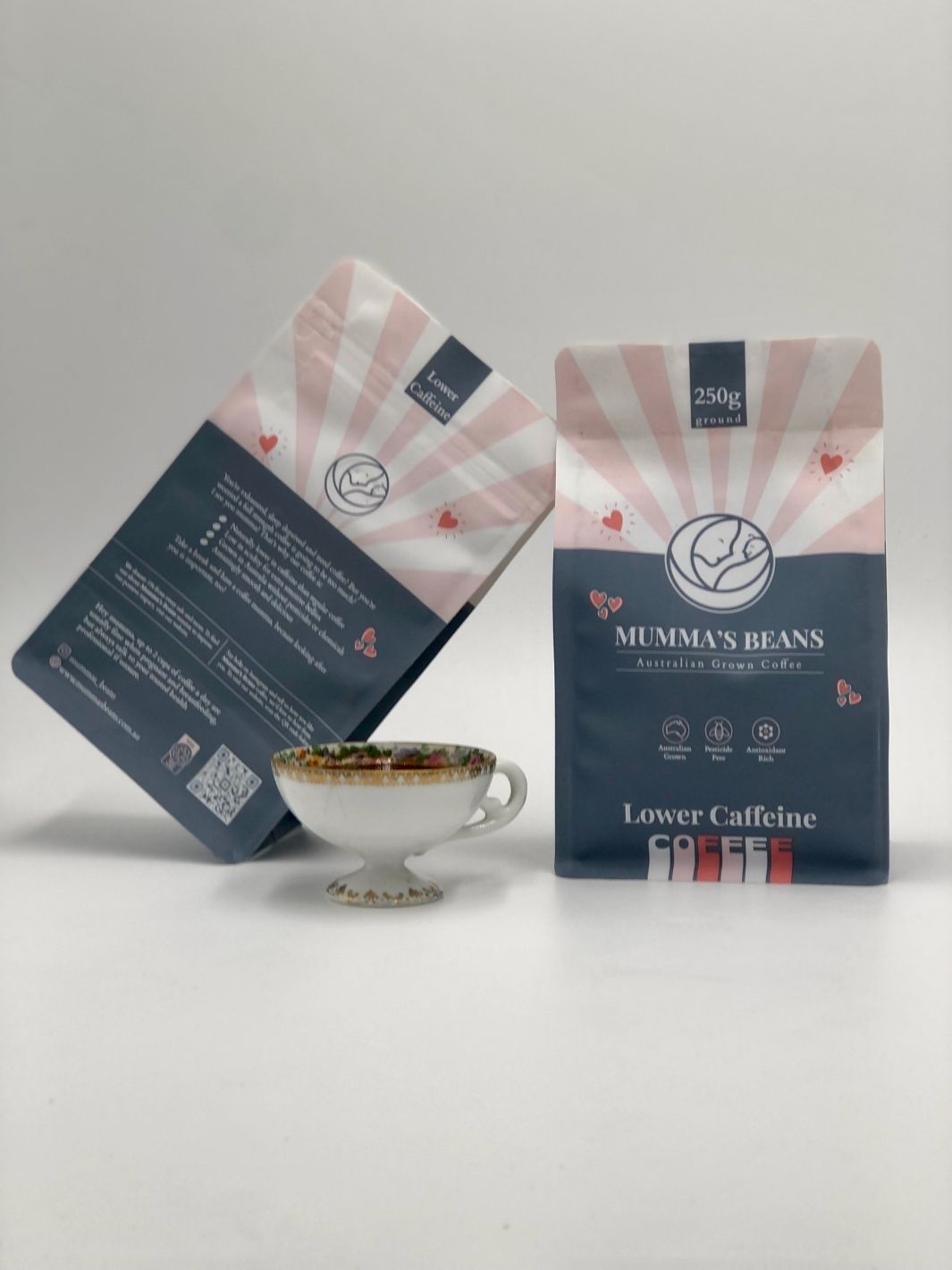

1) dominate along with lower amounts of feruloylquinic acids and dicaffeoylquinic acids. 4 The main phenolic components in coffee are the chlorogenic acids (CGAs) among which the caffeoylquinic acids (CQAs), 5-CQA, 3-CQA and 4-CQA ( Fig. 1 In general, an arabica coffee brew is appreciated for its superior cup quality and aroma, whereas a robusta brew possesses a more aggressive harsher flavour and contains higher amounts of soluble solids, caffeine and phenolic compounds. 4 The roasted coffee beans are ground to a powder which is extracted with hot water, to produce what we know as “a cup of coffee”. 3 The pleasant aroma, taste, and rich colour of brewed coffee are a consequence of the roasting process that leads to profound changes in the chemical composition of coffee. robusta, are the most widely used and economically important species of coffee. Coffea arabica, and Coffea canephora var. 2 Consequently, the impact of the drink on human health is of great interest. Introduction Coffee beans are one of the most traded food products in the world 1 with around 500 billion of cups of coffee being consumed worldwide annually. More accurate measurement of the intake of coffee and its potentially bioactive components are required if epidemiological studies are to produce more reliable information. In view of the variable volume of serving sizes, it is also clear that the term “one cup of coffee” is not a reproducible measurement for consumption, yet it is the prevailing unit used in epidemiology to assess coffee consumption and to link the potential effects of the beverage and its components on the outcome of diseases. This is the upper limit of caffeine intake from all sources recommended by US and UK health agencies for pregnant women. It is evident that the ingestion of 200 mg of caffeine per day can be readily and unwittingly exceeded by regular coffee drinkers. The caffeine content ranged from 48–317 mg per serving and CQAs from 6–188 mg. The caffeine and CQA content and volume was determined for 104 espresso coffees obtained from coffee shops in Scotland, Italy and Spain, limited numbers of cappuccino coffees from commercial outlets and several instant coffees. While caffeine was stable higher roasting temperatures resulted in a loss of CQAs so that the caffeine/CQA ratio was a good marker of the degree of roasting.

The effect of roasting of coffee beans and the extraction of ground coffee with different volumes of hot pressurised water on the caffeine and the total caffeoylquinic acids (CQAs) content of the resultant beverages was investigated.


 0 kommentar(er)
0 kommentar(er)
